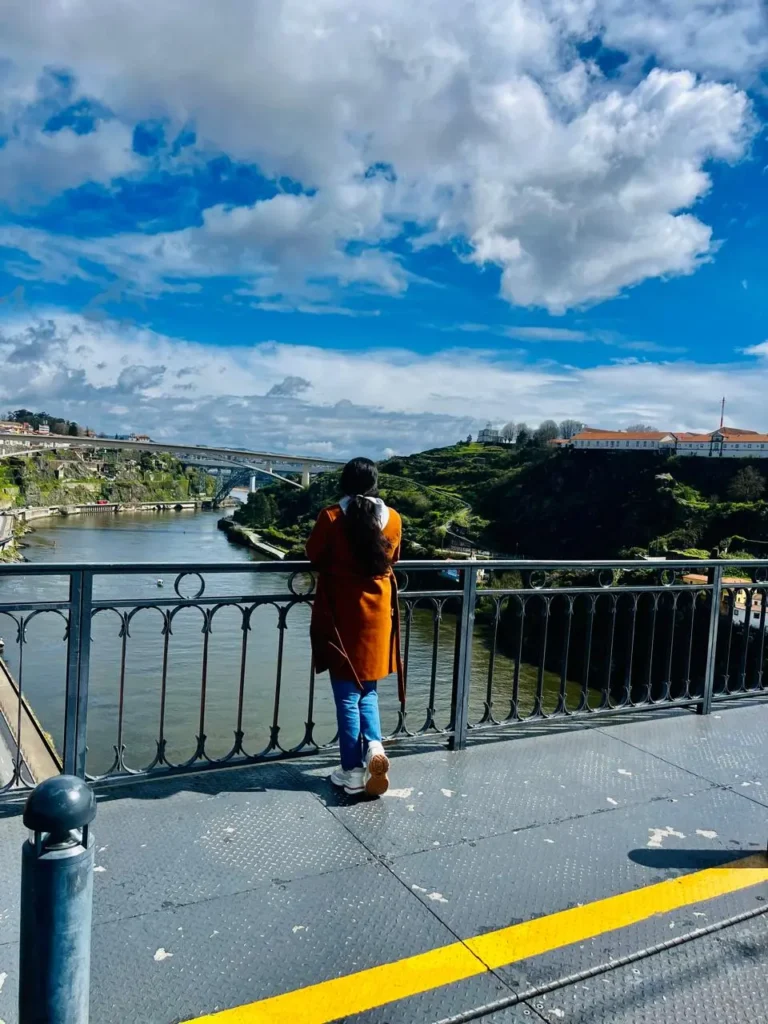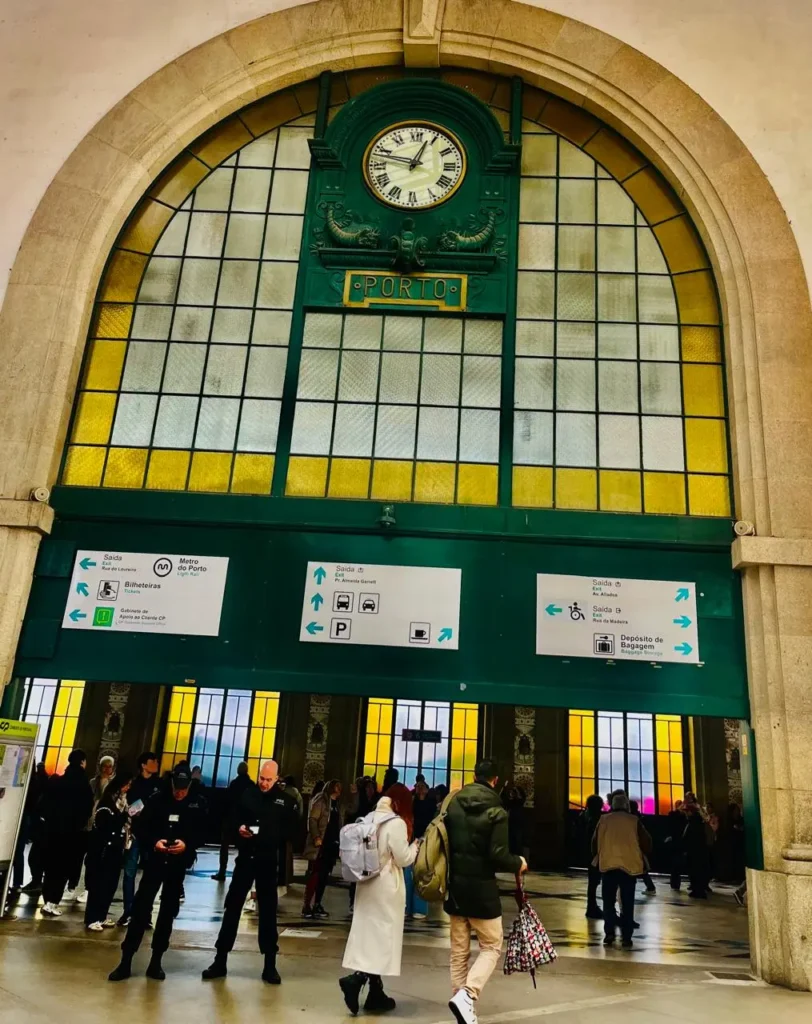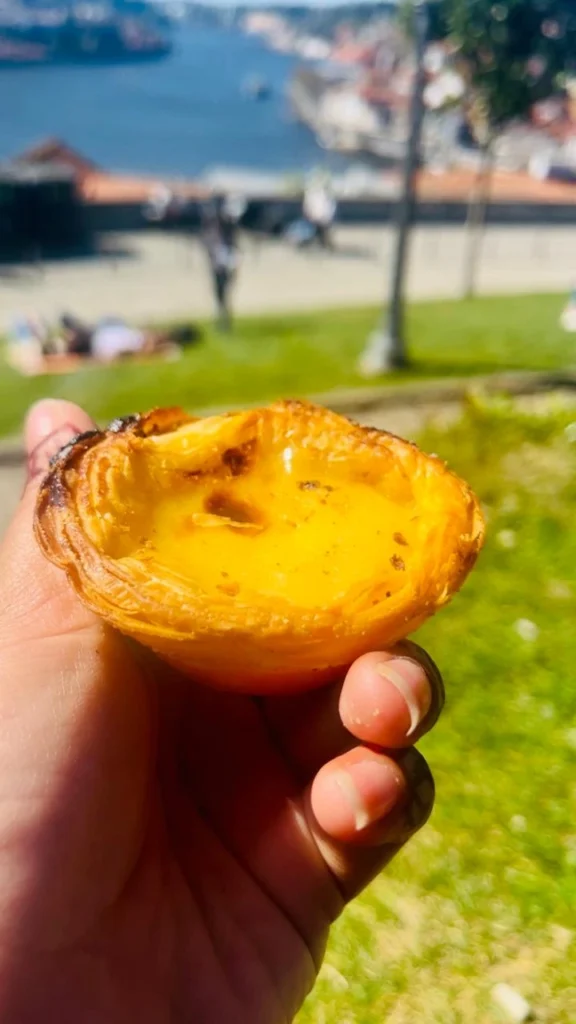Overview

Porto is Portugal’s second-biggest city which is renowned for its picturesque setting along the Douro River and its historic charm. The city is a UNESCO World Heritage Site and is well-known for its distinctive Dom Luís I Bridge and vibrant Ribeira neighborhood. With famous cellars in neighboring Vila Nova de Gaia, it is the origin of Port wine. Particularly from its high miradouros and river excursions, Porto provides breathtaking views. Highlights of the culture include the Serralves Museum, Casa da Música, and Livraria Lello. Porto is a popular travel destination in Portugal because of its mouthwatering cuisine, fascinating history, and relaxed atmosphere.
Table of Contents
Sao Bento Metro Station
São Bento metro station, situated just beneath the historic São Bento rail station in the city center. Which is a significant hidden stop on Porto’s Metro Line D. It has two side platforms and convenient access to important sites like Clérigos Tower and the Ribeira district.

It opened in 2005. The station blends in perfectly with the rail station above, which is renowned for its exquisite panels of azulejo tiles that portray Portuguese history.
It is regularly supplied all day long and tickets are purchased using the Andante card system, which is accepted on all of Porto’s public transportation systems. By mid-2025, a new metro line (Line G) that connects São Bento to Casa da Música is anticipated to open, enhancing the station’s connectivity even more.
Sustainable Tourism and Eco-Friendly Travel
Porto has emerged as a top destination for eco-friendly travel and responsible tourism in 2025. This draws tourists who are interested. In addition to encouraging eco-friendly accommodation and sustainable dining options. The city concentrates on incorporating green mobility, such as electric public transportation and bike-sharing schemes.
It is an example for striking a balance between environmental preservation and tourism expansion because to its efforts to save historic sites while reducing their negative effects on the environment. This change appeals to current tourists looking for genuine, significant experiences that uplift the neighborhood and preserve the city’s abundant natural and cultural history.
A Taste of Portuguese Tradition
Francesinha is the city’s representative food which is a delicious sandwich layered with meat, encased in melted cheese. It’s coated in a creamy, spicy tomato and beer sauce. Porto is known for its substantial and tasty cuisine.

A traditional tripe stew with beans and smoked meats that reflects city’s historical ties to maritime trade. Because of its seaside position. It is also known for its fresh seafood including as grilled sardines and octopus salad. Finally, sample the delicious Pastel de Nata custard tart, which is popular throughout Portugal but is particularly good with coffee in Porto’s quaint cafés.
Port Wine & Wine Cellars
One of the most recognizable exports and a top tourist attraction is port wine. A rich fortified wine with significant cultural and historical value, it is made only in the Douro Valley and matured in the cellars of Vila Nova de Gaia, which is located over the river. In order to learn about the maturing process, tour cold stone vaults filled with oak barrels, and partake in guided tastings, tourists frequently visit famous cellars such as Taylor’s, Graham’s, Sandeman, and Cálem. In addition to wine, the cellars tell a tale of terroir, craftsmanship, and history that shape the identity of the area.
Douro River Cruises and Day Trips
Douro River cruises and day tours provide a lovely and pleasant opportunity to explore the beauty of northern Portugal. The Douro River, which winds through attached vineyards, rolling hills, and beautiful villages, serves as a stunning background for both short boat cruises in the city and full-day excursions into the heart of the Douro Valley. Visitors can select between traditional rabelo boat excursions, sophisticated cruise ships, and guided trips that include tastings at local vineyards and regional cuisines. These trips are ideal for individuals who want to learn about the history of Port wine production while taking in some of the country’s most beautiful scenery.
Porto’s Art and Architecture
Porto’s art and architecture combine historical richness with assertive modernity, resulting in a cityscape that is both timeless and forward-looking. The architectural highlights include Baroque classics like the Clérigos Tower and the elaborate Church of São Francisco, as well as contemporary icons like the Casa da Música and the minimalist Serralves Museum designed by Álvaro Siza Vieira. São Bento Station’s azulejo tiles depict Portuguese history, while street art and independent galleries highlight contemporary innovation in districts like Rua Miguel Bombarda.
So, Porto is a city that seamlessly blends history, culture, and charm, providing each visitor with an enriching and unique experience. From its world-renowned Port wine cellars and breathtaking riverbank views to its bustling art scene and remarkable architecture, Porto captivates with both tradition and innovation. Whether you’re exploring ancient cobbled alleyways, boating the Douro River, or eating local food, the city’s genuineness, charm, and distinct character create an indelible impact.
FAQS
Where is Porto located?
Porto is a coastal city in northwest Portugal, located along the Douro River and near the Atlantic Ocean.
What is Porto famous for?
Porto is known for its historic architecture, colorful riverside district (Ribeira), Port wine cellars, and landmarks like the Dom Luís I Bridge and Livraria Lello.
Is there metro or public transport available for tourists in Porto?
Yes, Porto has a metro, buses, trams, and funiculars, and tourists can use the Andante Card for easy unlimited travel on public transport.
Are there affordable hotels for tourists in Porto?
Yes!it offers a veriety of hotels including guest rooms at different prices.